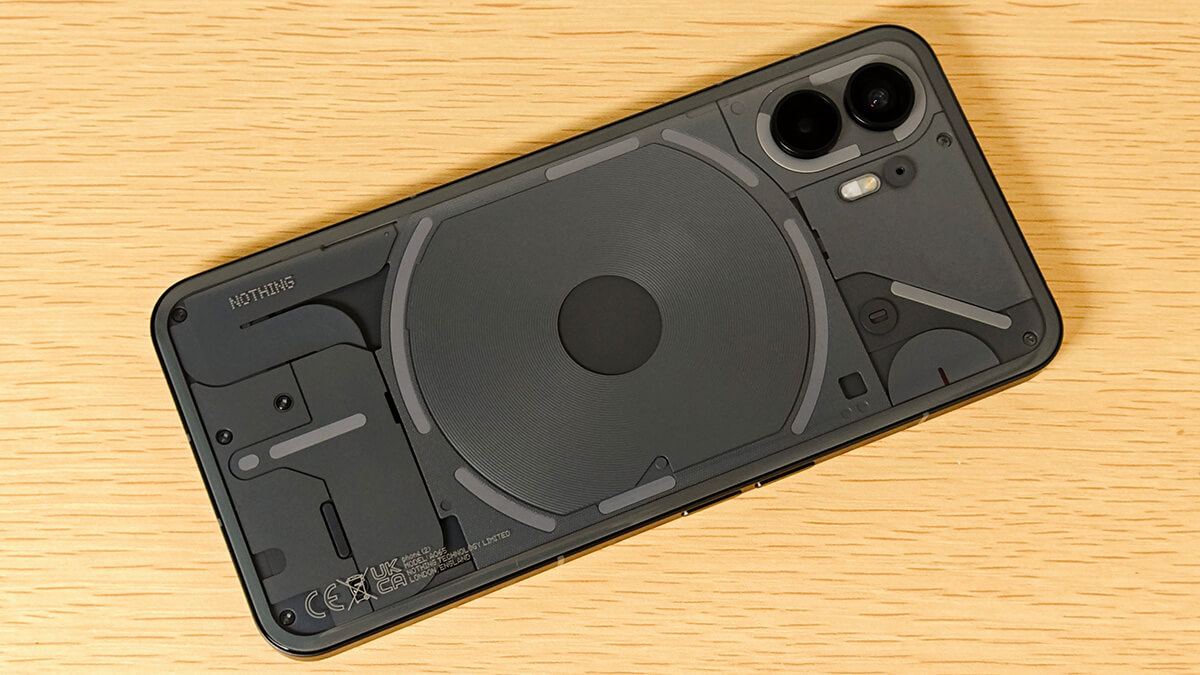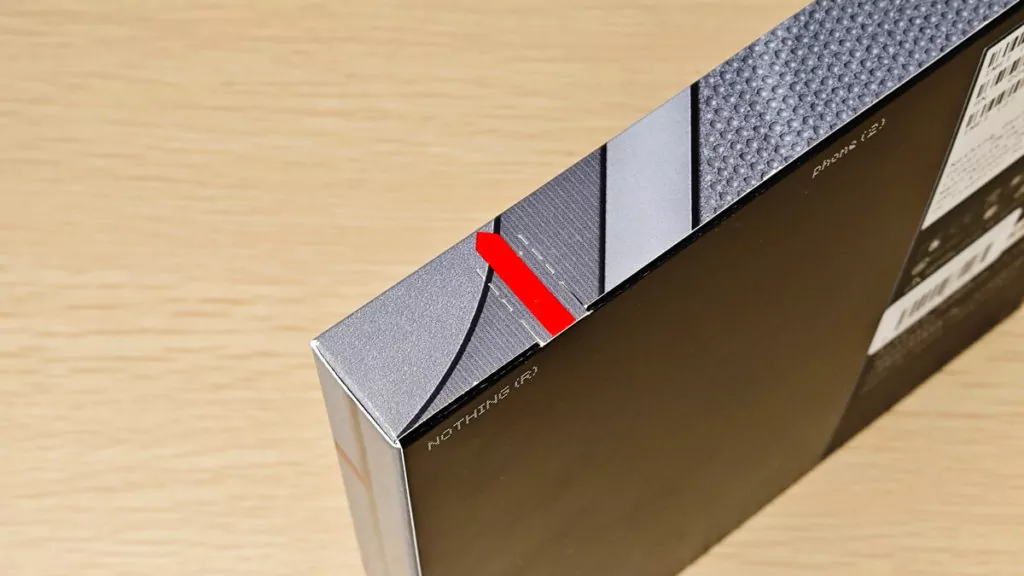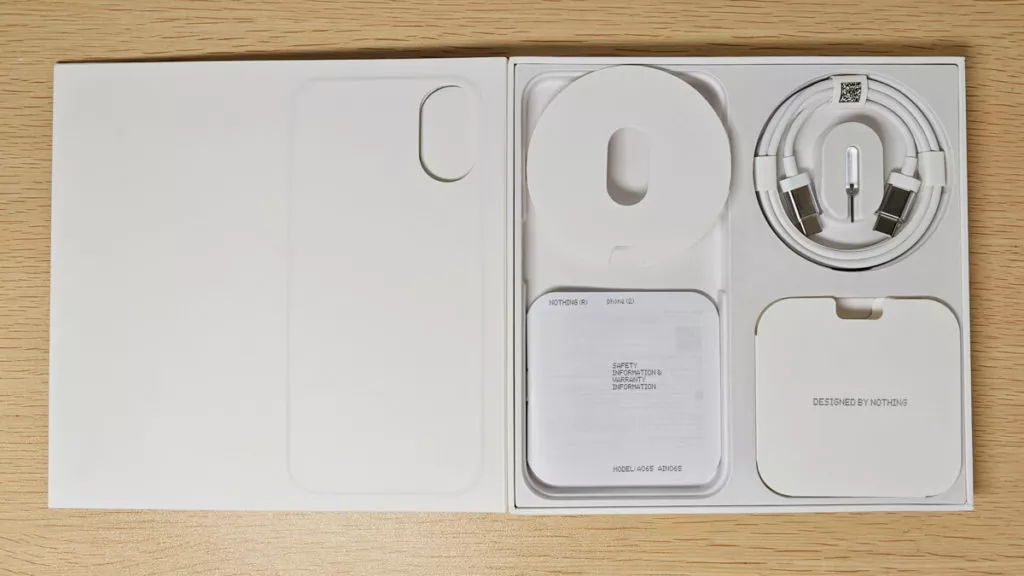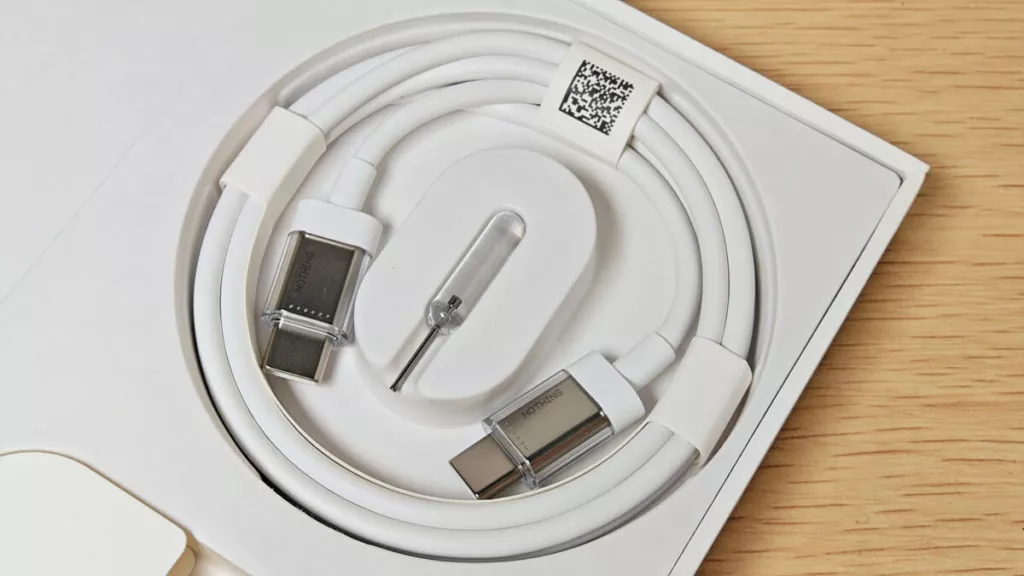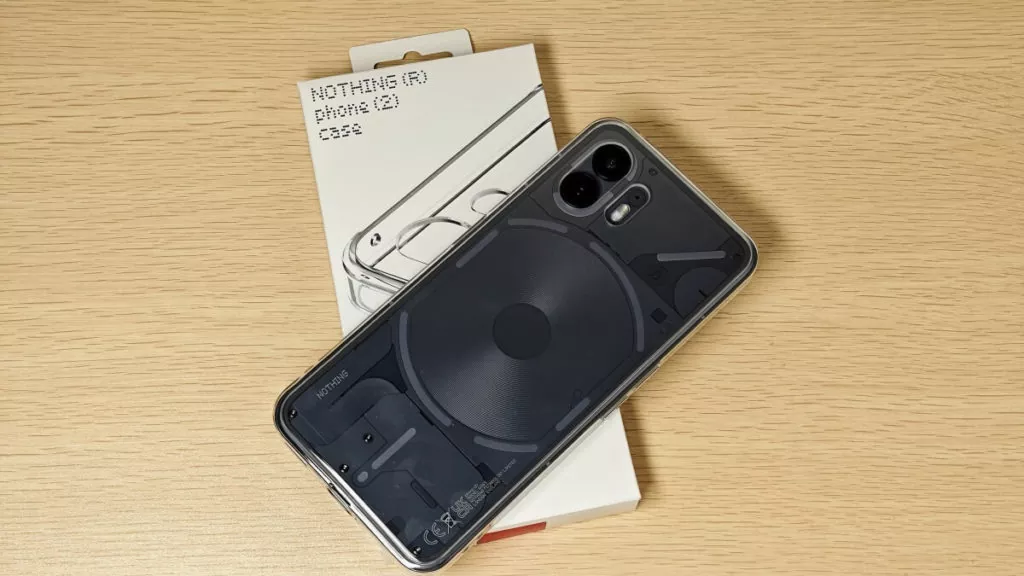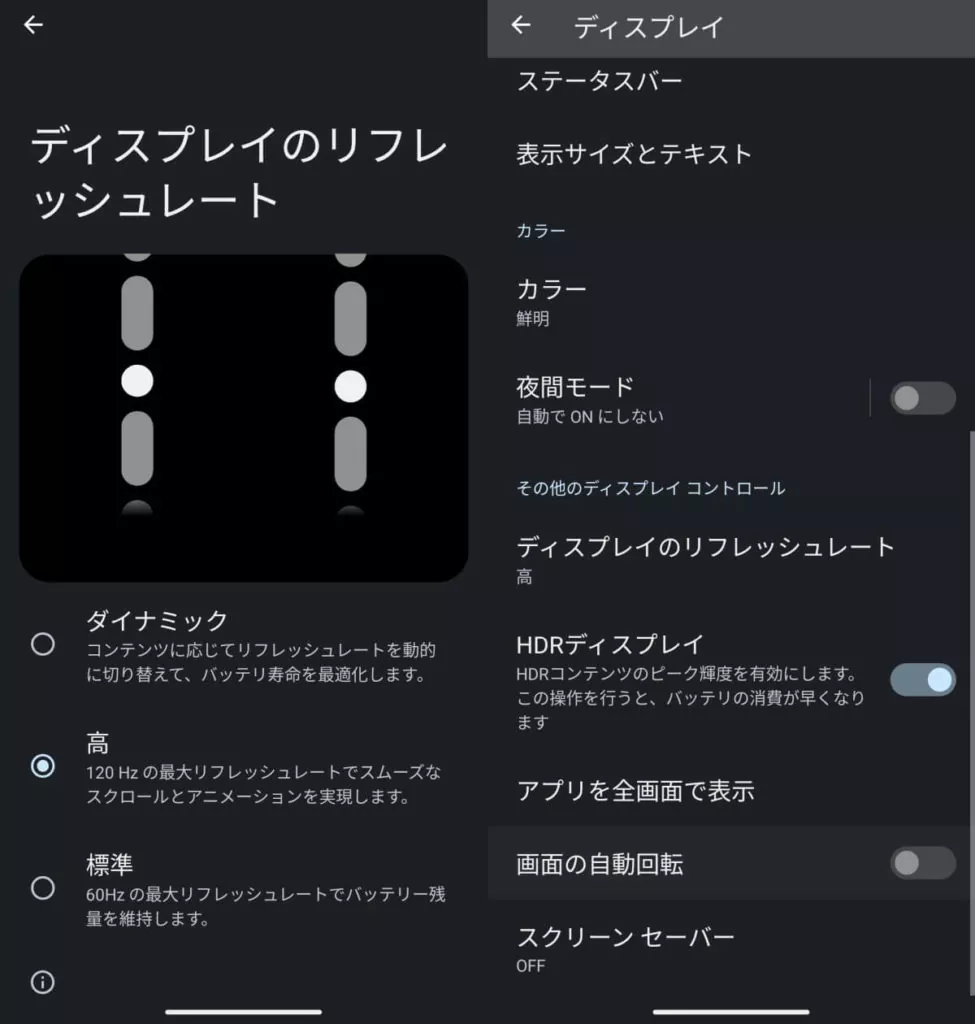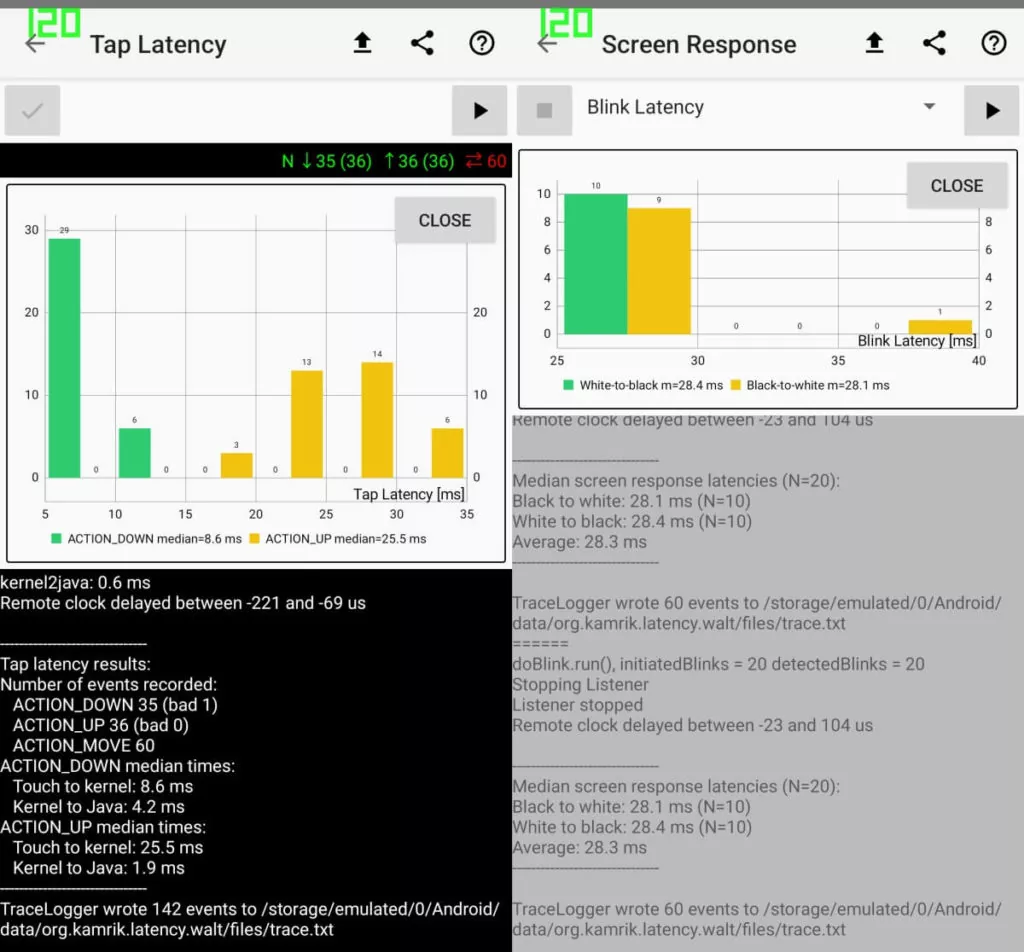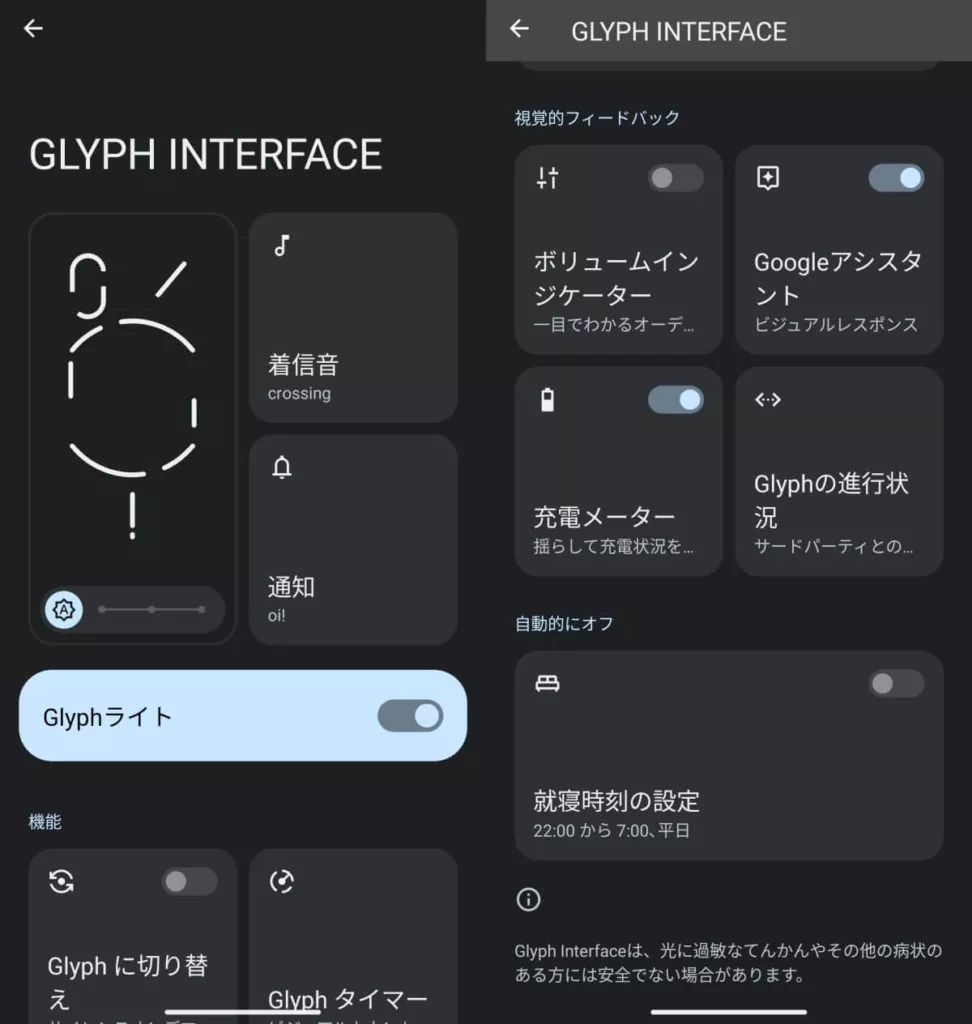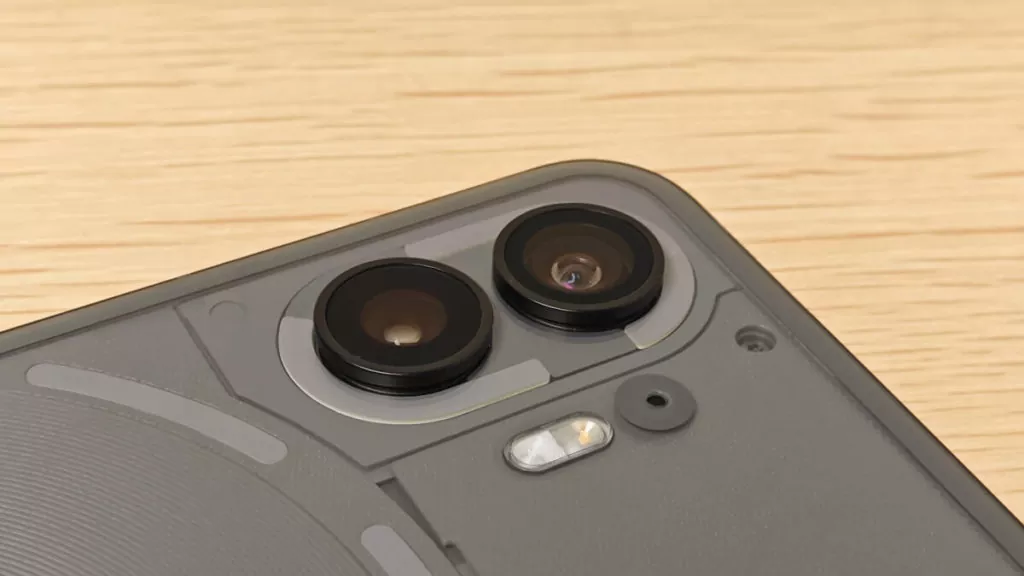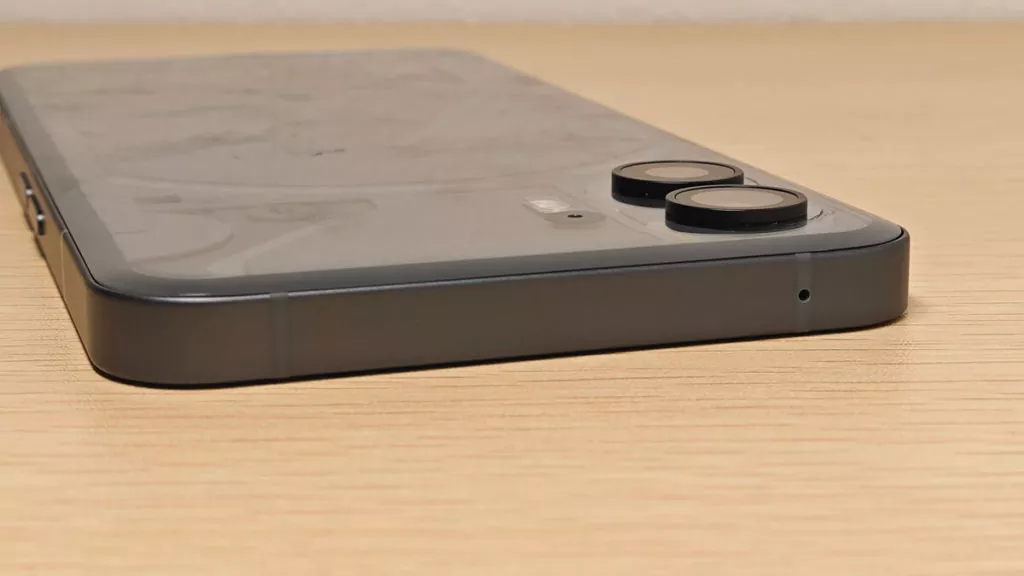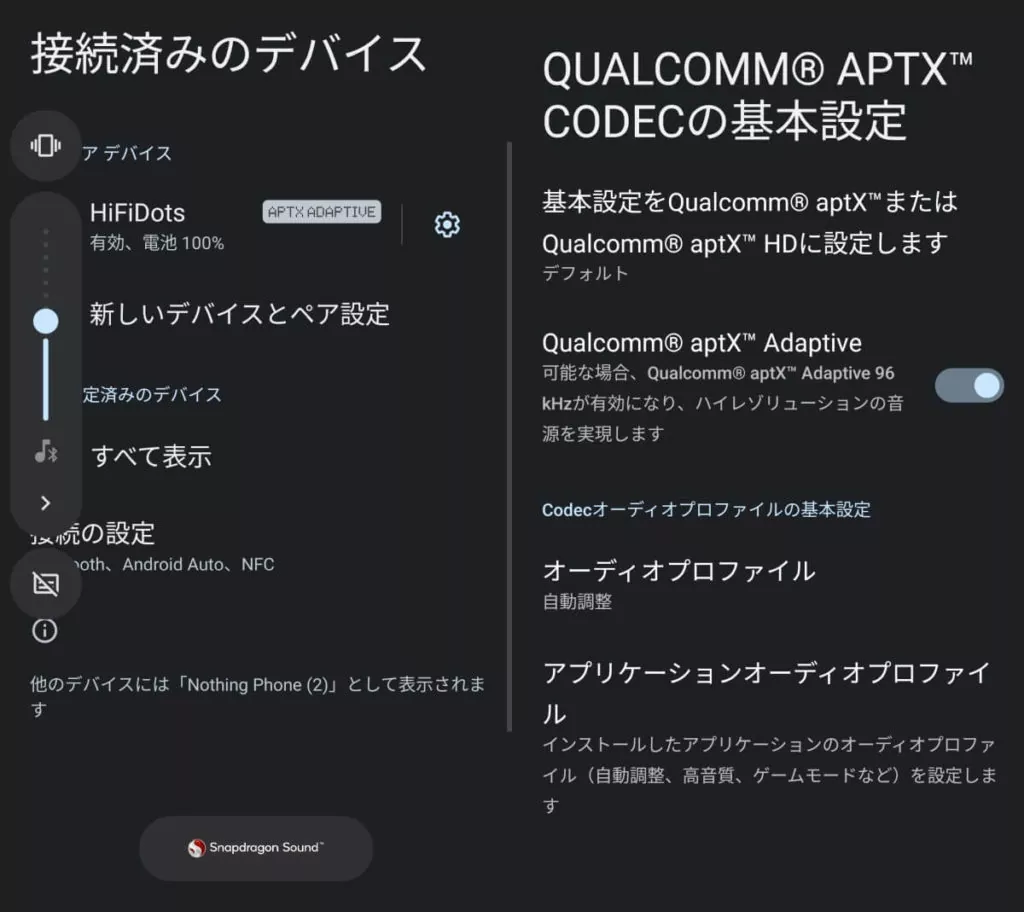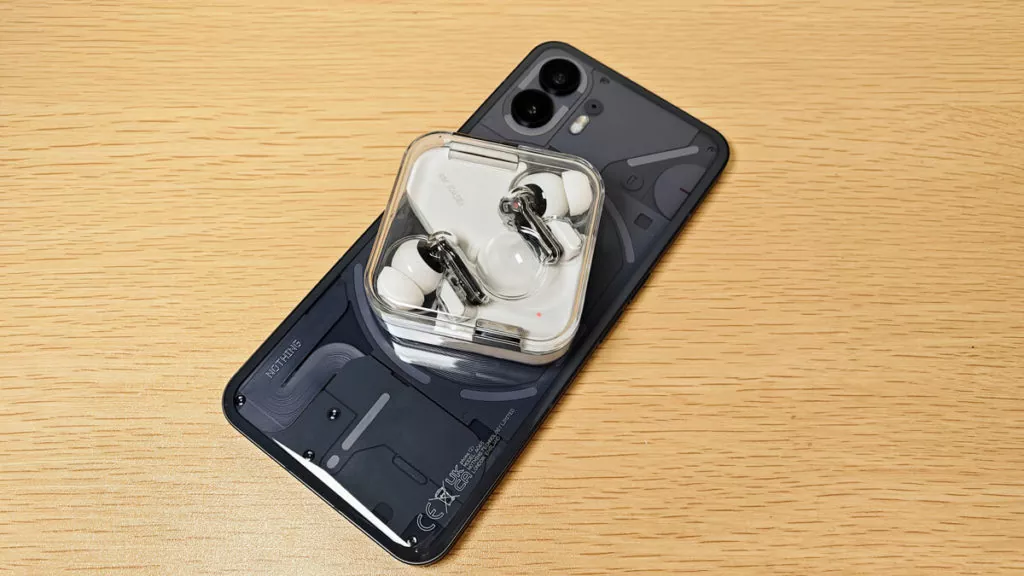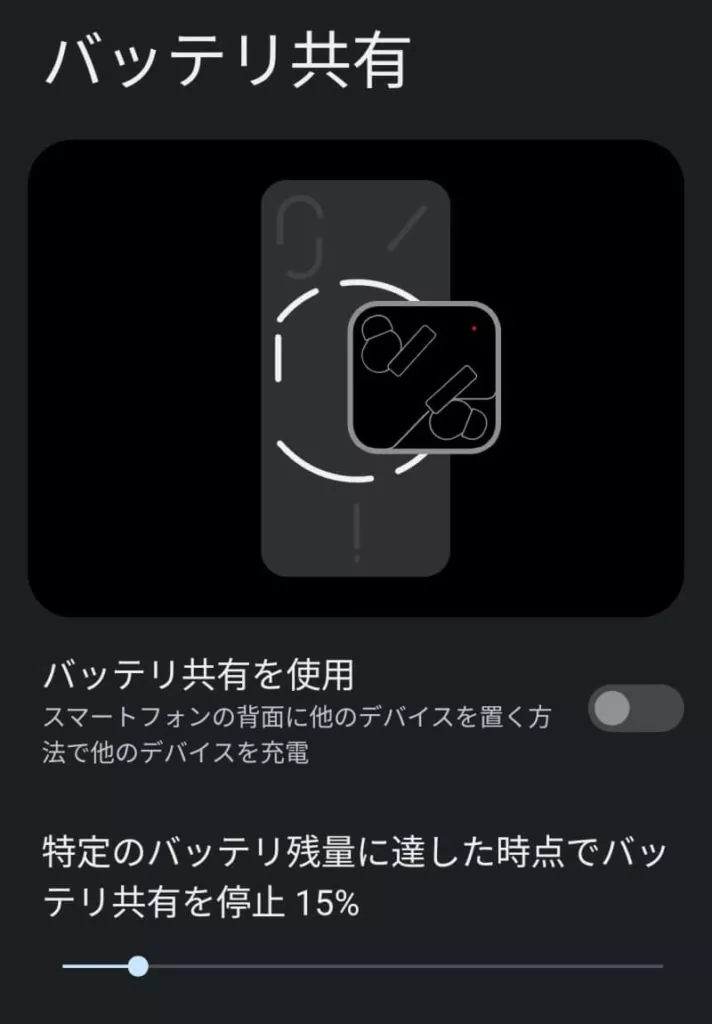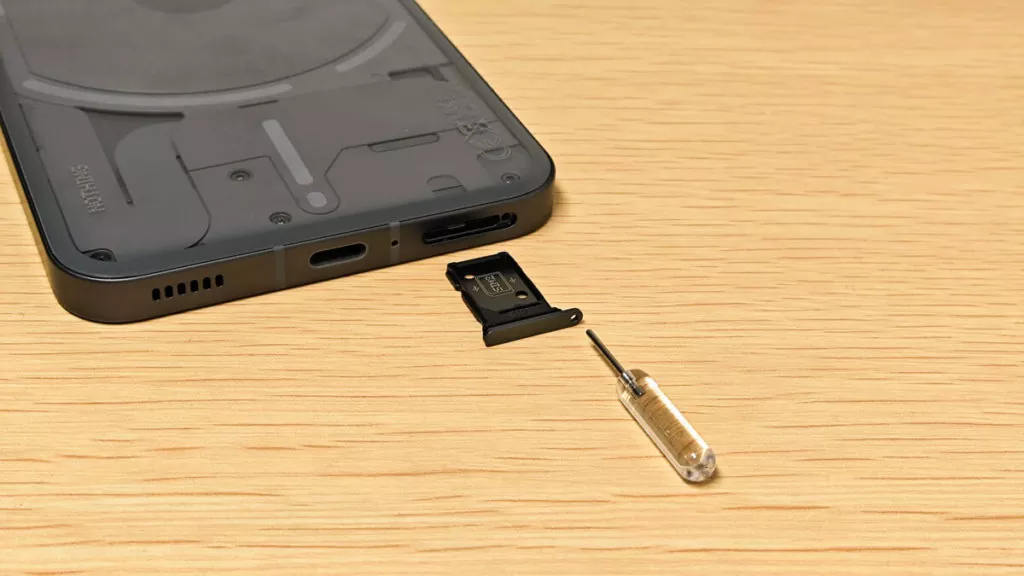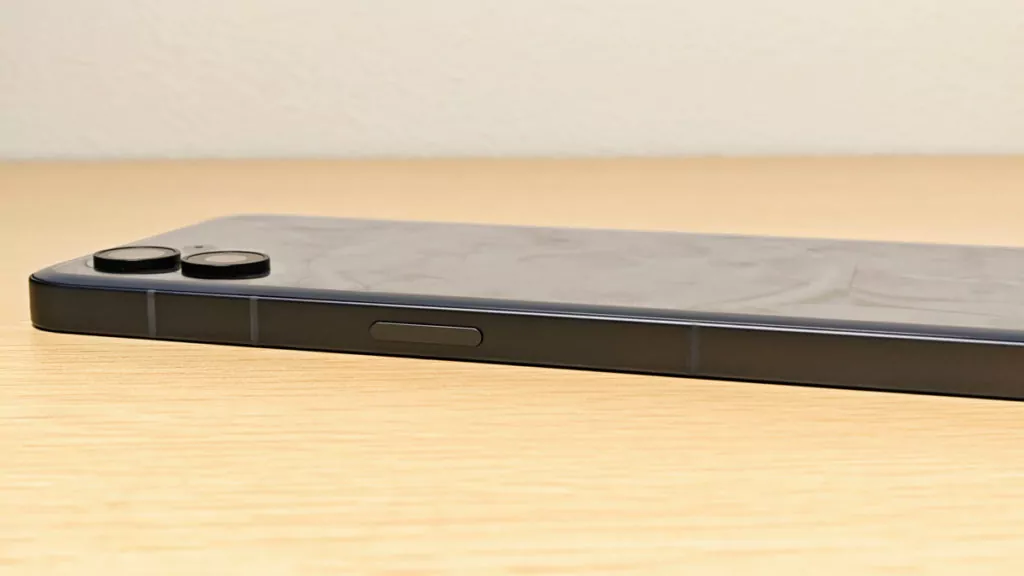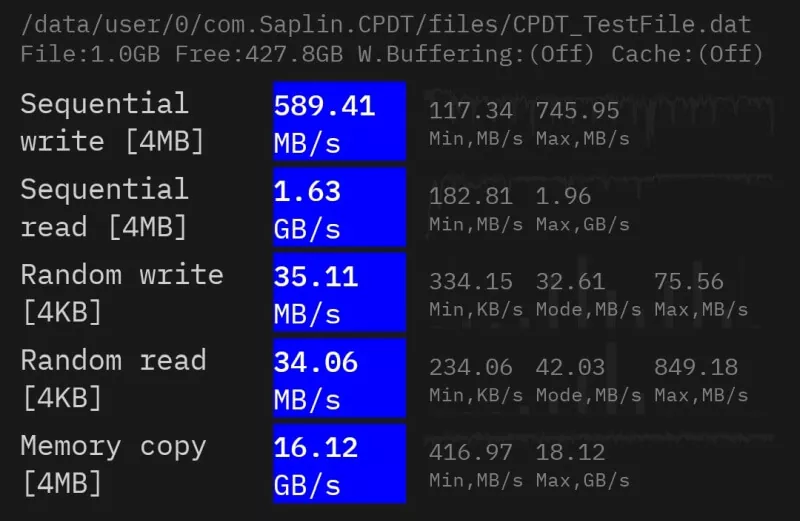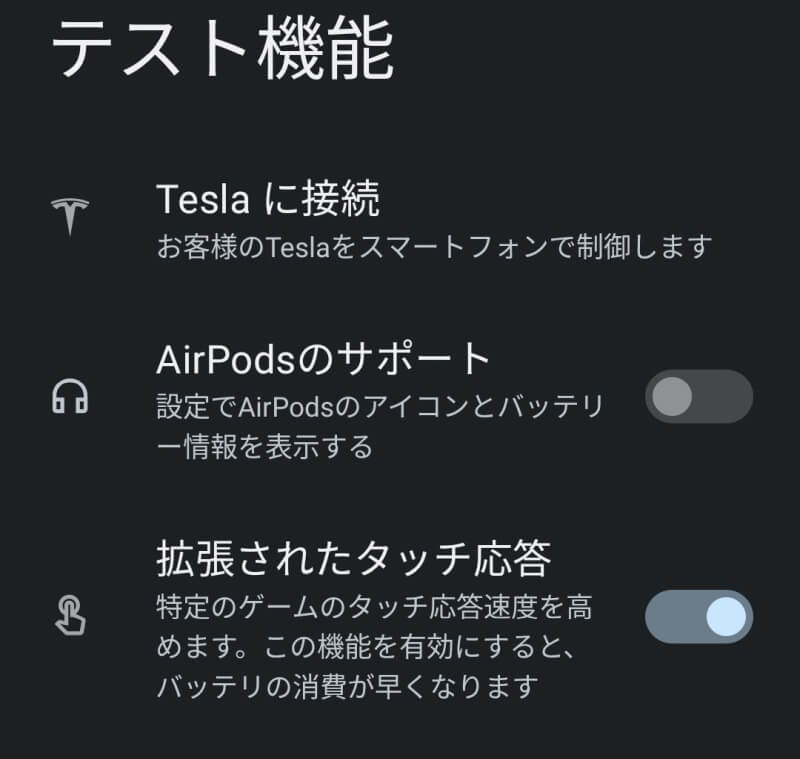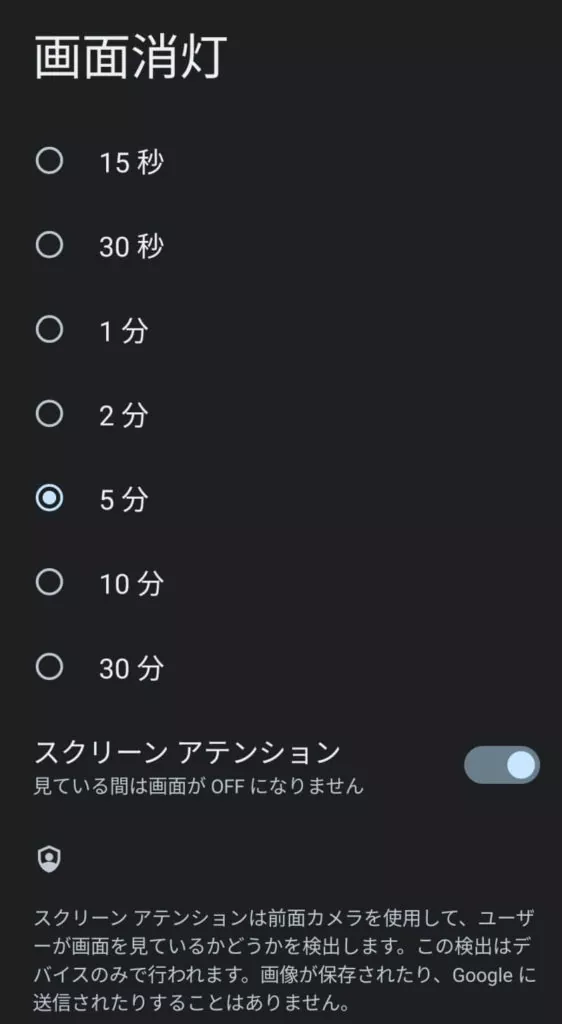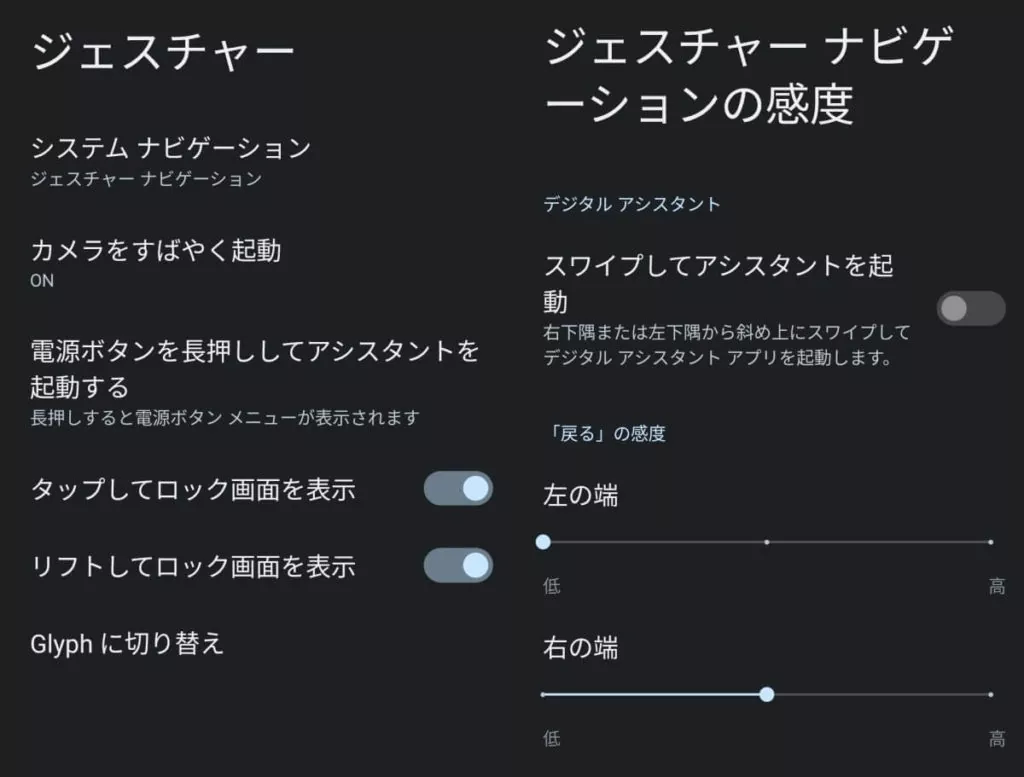Rating: 5
Nothing Phone (2) was loaned to me.
Well-balanced SoC with a simple OS
The Nothing Phone (2) is powered by a lower clocked version of the Snapdragon 8+ Gen 1.
The GPU remains the same from the standard version, but only the CPU clock has been lowered, so power efficiency has been increased without much loss of gaming performance, which helps to reduce battery consumption.
The OS is reminiscent of the OnePlus of the past, with the best of both AOSP and custom OS, with simple but useful functions for everyday use.
And yet it hasn’t increased in price nearly as much as the Phone (1), making it a truly cost-effective smartphone.
This review is conducted on the 12GB+512GB version, Pong_T2.0-230709-2003.
- Power-saving Snapdragon 8+ Gen 1 low-clock version
- OLED with 120Hz LTPO support
- Bright display with 948 nits real-world resolution
- 4,700mAh battery with wireless charging and 45W PPS support
- Simple and well-designed Nothing OS
- Glyph Interface for easy-to-understand notifications
- IP54 water and dust protection
- Tap to activate only, no double-tap
| Nothing Phone (2) (A065) | |
|---|---|
| OS | Android 13 |
| RAM | 8GB / 12GB LPDDR5 |
| Storage | 128GB / 256GB UFS 3.1 |
| SoC | Snapdragon 8+ Gen 1 Under-clocked |
| Display | 6.7inch FHD+ 2412 x 1080 Aspect ratio 20.1:9 120Hz LTPO OLED |
| Size | 162.13 × 76.35 × 8.55mm |
| Weight | 200.68g |
| SIM | nano SIM + nano SIM |
| Rear Camera | 50MP (OIS / Sony IMX890) + 50MP (Ultra-wide Samsung S5KJN1) |
| Front Camera | 32MP (Sony IMX615) |
| Battery | 4,700mAh |
| USB Port | USB Type-C (USB 2.0) |
Index
- 1 Well-balanced SoC with a simple OS
- 2 Display: easy to see outdoors
- 3 Rear: More convenient with a wider range of ways to light it up
- 4 Camera: Stronger saturation and HDR processing
- 5 Speakers: Stronger treble
- 6 Ports: 45W and wireless charging support
- 7 Performance: Battery oriented and power efficient
- 8 OS: Works with other companies’ devices, stylish design
- 9 Conclusion
The outer box is a tear-off type, like a box of sweets.
Instructions, charging cable and other accessories are included.
Protective film is attached from the outset.
The charging cable has a unique design with a transparent connector part.
The SIM pin is also a transparent stick, showing the commitment to transparency.
The optional protective case is a slightly firmer, clear case that protects all four sides and includes a strap hole.
Display: easy to see outdoors
The Nothing Phone (2) features a 6.7-inch FHD+ 2412 x 1080 resolution display.
The Nothing Phone (2) is aligned at about 3 mm on all four sides, even though there are still few manufacturers that have achieved uniform bezel-less in the $799+ high-end class.
It looks neat and the punch hole is also central, so it is less likely to get in the way of notification icons and other features.
The array is diamond pixel. It appears to use a Visionox panel.
There was no color tinting in low light conditions.
When measuring brightness with the LX-1336B during all-white HDR video playback with automatic brightness adjustment on, the maximum brightness reached 948 nits.
The high brightness mode is triggered outdoors and I have confirmed that the brightness is 814 nits. It is easy to see outdoors during the day.
The refresh rate is 120 Hz compatible.
This is a very rare FHD resolution and LTPO (variable from 1 Hz to 120 Hz), which means that it consumes less power than just any only 120 Hz-capable display.
Internally, a 90 Hz refresh rate is also available.
When the touch sampling rate was measured with the Touch Sample Rate Tester, it was around 240 Hz for both single and multi-touch.
The touch latency measured by the WALT Latency Timer was 12.8 ms and the screen drawing latency was 28.3 ms for a total of 41.1 ms.
Widevine L1 for streaming in HD quality on e.g. Amazon Prime Video (beta).
It has an in-screen fingerprint sensor.
Although it sometimes fails, it basically unlocks smoothly.
Rear: More convenient with a wider range of ways to light it up
The back of the Nothing Phone (2) is transparent, a style that reveals the decorative parts inside.
It continues the glowing Glyph Interface from the Phone (1) and has a mode where it glows when placed face down to notify you of notifications.
There are various glowing patterns, and if you install the Glyph composer app, ringtones can also be generated with a few taps.
The Glyph light can also be switched off.
The brightness can be adjusted automatically or in three levels.
The ‘volume indicator’ gives you a light to help you see when you’ve adjusted the volume.
In the same way, there is also a function to track progress from notifications and indicate it with a light, but unfortunately it only supports Uber at the moment.
It would be interesting if users could customize the conditions freely.
It weighs 203.3g.
Camera: Stronger saturation and HDR processing
Nothing Phone (2) has dual cameras:
- 50MP (OIS / Sony IMX890)
- 50MP (Ultra-wide Samsung S5KJN1)
Hand-held photos are stored here.
Saturation tends to be high, and the blue of the blue sky in particular is considerably emphasized when scene detection is on.
It is not suitable for recording purposes, but is good for social networking sharing.
Zooming is supported up to 10x.
The 2x zoom is easy to use and the detail is good without much color change when zoomed.
The night mode is a type that judges the brightness of the surroundings and activates it automatically.
The night sky was barely visible in the starlight, but the image was too noisy to capture a clean image.
On the other hand, with a little light, the picture was much brighter than it actually was, with less noise.
It looks as if it is illuminated, but in reality it is much dimmer.
Although the camera’s performance is not good enough to take pictures in pitch-dark conditions, as long as there is weak light, HDR processing seems to be able to handle the situation.
Speakers: Stronger treble
It has stereo speakers of the type used both for calls.
There is only microphone holes on the upper side.
Unfortunately, the USB Type-C port is USB 2.0 and does not provide video output.
While this is unavoidable in terms of cost cutting, considering that the philosophy of the Nothing Phone is to actively use it in conjunction with other devices, it would have expanded the range of things that can be done if it were supported.
The speakers seem a little crisp with strong treble.
Bass is not very powerful, and although it becomes easier to hear when the volume is turned up, the treble is now quite noticeable.
The audio output latency was 32.7ms when measured with the WALT Latency Timer.
Bluetooth supports LHDC / LDAC as well as aptX / aptX HD / aptX Adaptive / aptX TWS+, etc.
Although it is Snapdragon Sound compatible, it seems to support up to aptX Adaptive r2.1, and the r2.2 feature, aptX Lossless, does not seem to be available.
The aptX codec can be configured, and when the profile is set to game mode, the delay was reduced by 90 ms compared to high quality mode.
Ports: 45W and wireless charging support
The Nothing Phone (2) is IP54 waterproof and dustproof, so a little water damage is not a problem.
It supports 45W PPS fast charging and 15W Qi wireless charging.
There is “battery sharing” that allows wireless charging of other devices and can automatically turn off when the battery is low.
The SIM pin is transparent and unique.
Even the letters on the SIM tray are dot-style.
The power button is located on the right side.
The volume buttons are on the left side.
Performance: Battery oriented and power efficient
The Nothing Phone (2) is powered by the Snapdragon 8+ Gen 1.
Although some media have introduced it as the same as the one used in high-end smartphones in late 2022, this is actually a lower clocked version with the same name, with a maximum CPU of 3.0 GHz instead of 3.19 GHz.
In terms of clock speed, it is almost like a TSMC version of the 8 Gen 1, 8± Gen 1, with slightly lower performance than the regular version, but with even less heat generation instead.
Of course, it is much more power efficient than the Samsung 8 Gen 1, which is also one of the reasons for the good battery life.
In Geekbench 6, single-core 1733 and multi-core 4591 were obtained with the package name disguised version (=not affected by manufacturer’s illegal boosting), and single-core 1732 and multi-core 4540 with the normal version.
Since there is no significant difference, it seems that performance is not controlled by the package name determination.
The Wild Life Extreme Stress Test in 3DMark with disguised package name showed a score of 2792 to 1687, with a temperature increase from 28°C to 40°C (12°C increase) and a battery consumption of 9%.
The GPU clock remained the same, so the score was about the same as the normal version of 8+ Gen 1.
PCMark Work 3.0 (package name disguised), which measures performance in everyday use such as document manipulation, scored 14305.
UFS 3.1 storage and LPDDR5 memory.
Sequential and random reads are quite fast, and may be tuned to reduce stress on reads.
Both memory and storage appear to be made by SKhynix.
The Nothing Phone (2) does not seem to focus much on games, and while it has an AOSP game mode, there is no performance mode.
When I played Genshin at the highest quality, 60FPS setting, and in Sumeru and measured with WeTest PerfDog, the average power consumption was 94.39mW per FPS at average of 52.5FPS.
The normal version of the 8+ Gen 1 is approximately 56-58 FPS, so it seems that the lower clock speeds will cause a drop, but if you reduce the graphics settings a bit, you should be able to play more smoothly.
Power efficiency is similar to the ROG Phone 7, and battery consumption is moderate compared to the 8 Gen 1 and 888 devices.
The battery temperature rose to a maximum of about 42°C.
OS: Works with other companies’ devices, stylish design
The Nothing Phone (2) runs Android 13-based Nothing OS 2.0.
The home screen can be selected from either a design with dotted widgets or a normal icon screen.
It seems that apps that support adaptive icons will have monochrome icons, and many icons, including Google apps, had a unified design.
While most OSs try to enclose their users by linking with their own accessories, Nothing OS has an interesting feature of linking with Tesla cars, AirPods, and other devices.
This attempt to have users use Nothing Phone (2) as a hub for smart devices is good for user convenience, and is likely to be a major advantage as the number of compatible manufacturers and devices increases in the future.
There is a “screen-attention” feature that keeps the lights off while the screen is being viewed.
Gestures are minimal, with the option to turn the screen on by tapping or lifting.
Unfortunately, there is no double-tap to turn the screen on and no double-tap to turn the screen off on the lock screen.
With a tap, a slight touch turns the screen on, so I would like to see support for double tapping.
Conclusion
- Power-saving Snapdragon 8+ Gen 1 low-clock version
- OLED with 120Hz LTPO support
- Bright display with 948 nits real-world resolution
- 4,700mAh battery with wireless charging and 45W PPS support
- Simple and well-designed Nothing OS
- Glyph Interface for easy-to-understand notifications
- IP54 water and dust protection
- Tap to activate only, no double-tap
The Nothing Phone (2) is equipped with a SoC that combines high performance for comfortable everyday use with power efficiency to reduce battery consumption, and the display, battery, and camera have also evolved to provide a good overall balance.
The Glyph Interface, which notifies notifications with light, and the Nothing OS, which is a more customized version of the Pixel, add a unique color to the phone and make it stand out from mere cosmetic smartphones.
The Nothing Phone (2) is available for $599 and up.
